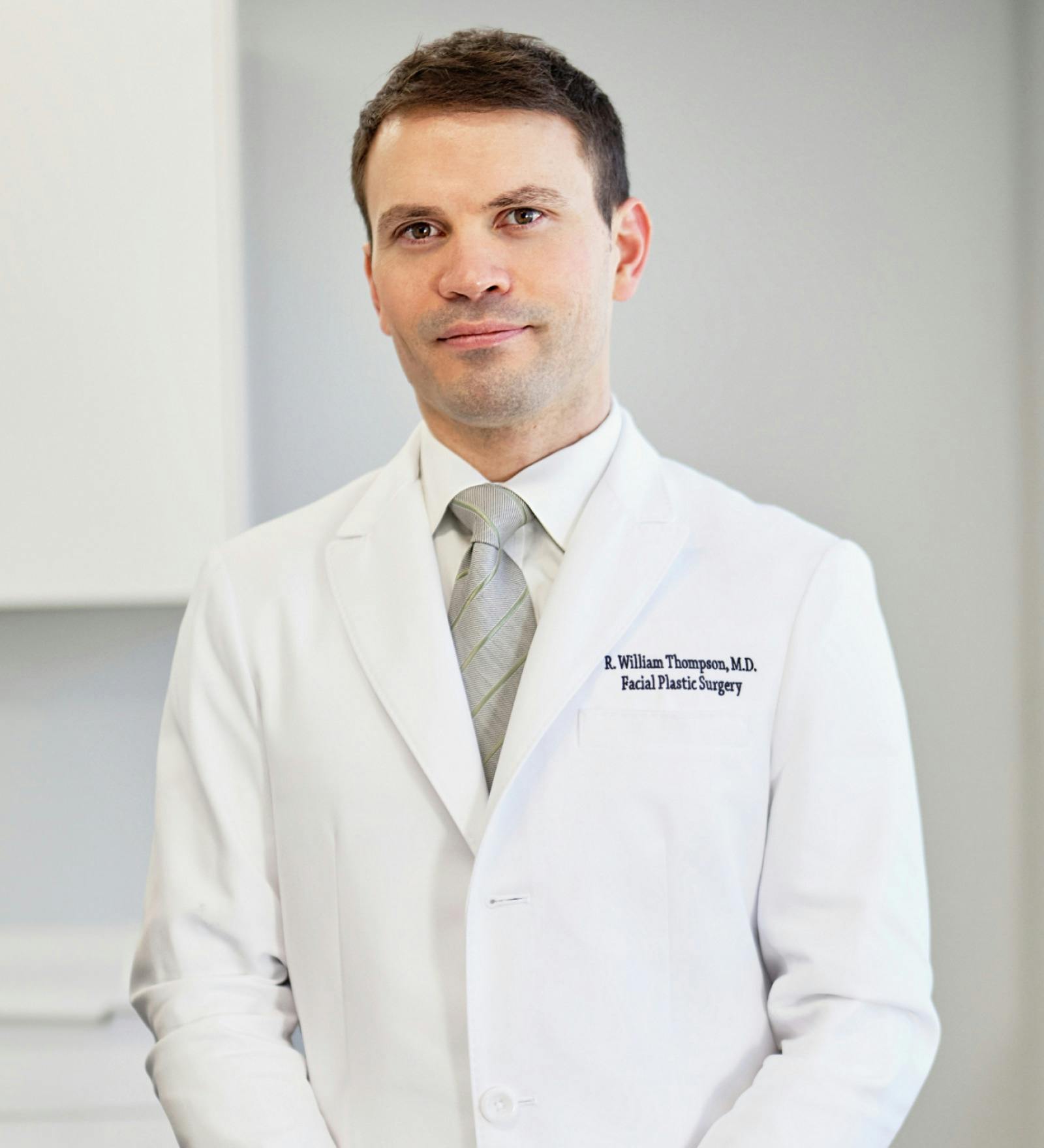Difficulty breathing through the nose is a common complaint among patients referred to Dr. Thompson in Denver, CO. Many patients also complain of chronic mouth breathing, snoring, poor compliance with sleep apnea machines, poor exercise tolerance, and bad breath. Fortunately, there are multiple ways to improve a patient’s ability to breathe.
What causes breathing problems?
A variety of factors can cause or contribute to nasal obstruction. These include:
- Septal Deviation
- Allergies
- The shape of a person’s nose (this can be present from birth or can occur over time with aging)
- Environmental toxins or irritants
- Trauma/Nasal injury
- Prior nasal surgery
Nasal obstruction should be taken seriously. It can contribute to various health problems, including dental caries, difficulty with exercise, sinus infections, sleep disturbances, and obstructive sleep apnea.
Fortunately, there are multiple ways to improve a patient’s ability to breathe. Dr. Thompson prides himself on using a comprehensive treatment approach that incorporates lifestyle changes, medications, and, when necessary, surgery to improve a patient’s nasal airway.
Dr. Thompson completed specialized training to address multiple factors that contribute to nasal congestion. A brief outline of a few of these conditions is detailed below.
- A deviated septum. The nose is supported by the septum, a bony, cartilaginous structure inside the nose that divides the two nasal cavities in the midline. When the septum is crooked or deviated, it can cause nasal obstruction and requires septoplasty procedure to correct it.
- Turbinate hypertrophy. The sides of the nose are lined by structures called nasal concha or turbinates. Turbinates are responsible for warming, humidifying, and filtering the air we breathe through our nose. Sometimes these structures can have bony enlargement, or their lining, called mucosa, can swell and cause congestion.
- Nasal valve stenosis and collapse. The openings into the nose, called the nasal valves, may also be narrow and cause difficulty breathing. This condition can be present from birth or develop over time. Additionally, these openings can collapse inward as we inhale through our nose, contributing to nasal obstruction.








